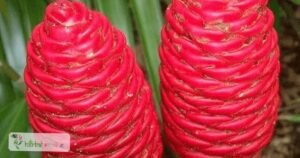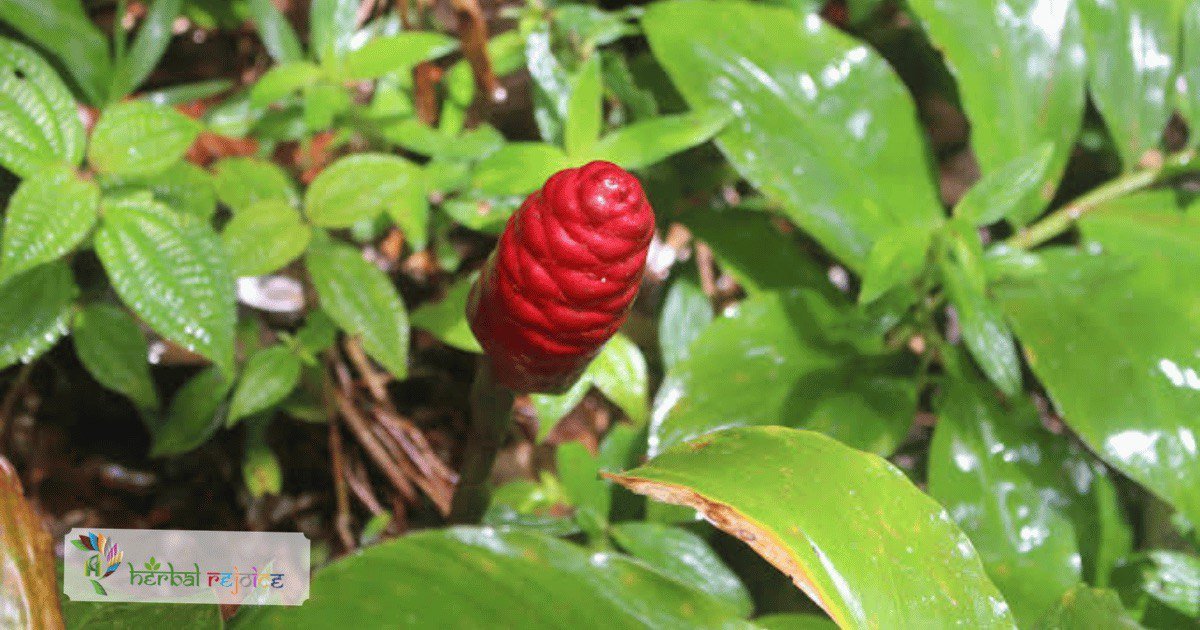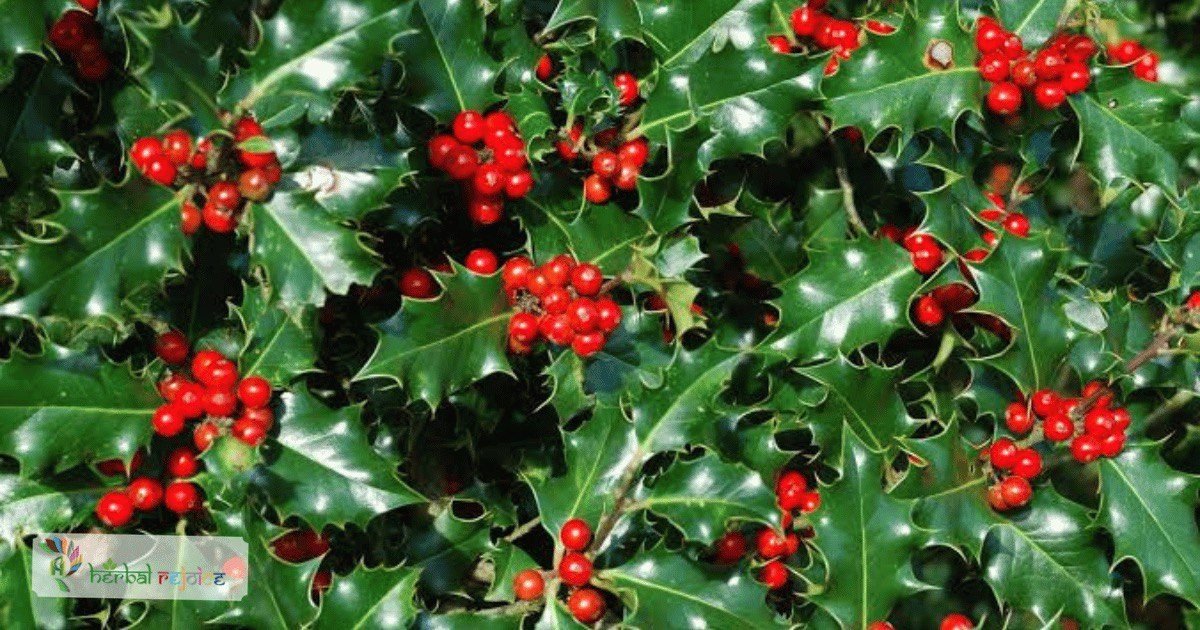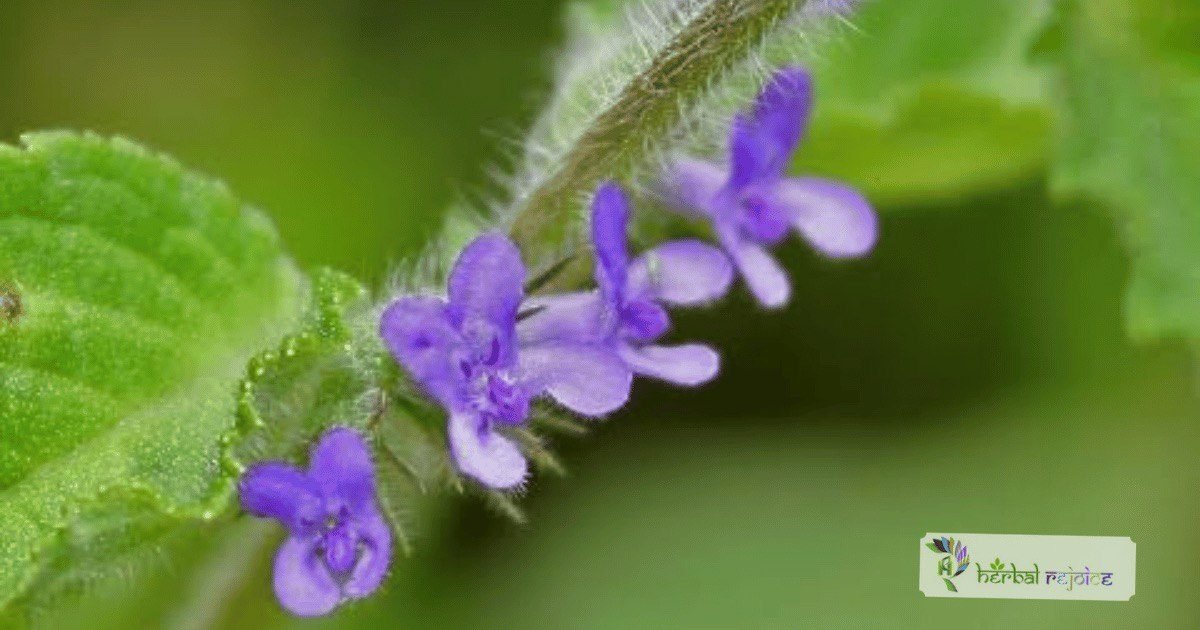Introduction
Zerumbet Ginger (Zingiber zerumbet Rosc. ex.Sm.), also known as Mahaabhari-vachaa in Ayurveda and Narkachoor in Unani, is a plant belonging to the Zingiberaceae family. The rhizomes of this plant are primarily used for their medicinal properties. They have been traditionally used to treat cough, asthma, colic, intestinal worms, leprosy, and skin diseases.

Names and Habitat
It is native to India, particularly the Himalayas region, and is also cultivated in various parts of Asia with tropical climates.
The English name “Zerumbet Ginger” is derived from the scientific name Zingiber zerumbet. In Ayurveda, it is also referred to as Sthula-granthi and is sometimes equated with Alpinia galanga.
In Unani medicine, it is known as Narkachoor, which is also used to refer to Curcuma caesia.In folk medicine, Zerumbet Ginger is called Karrallamu in Telugu.
Key Components Of Zerumbet Ginger
One of the main active components found in Zerumbet Ginger is curcumin, which is a type of flavonoid glycoside. The oil extracted from the plant has been found to possess antiseptic properties.
It contains approximately 13% monoterpenes, including camphene as the major constituent, as well as several sesquiterpenes such as humulene and zerum
Properties of Zerumbet Ginger
Zerumbone, a compound found in Zerumbet Ginger, has been reported to inhibit the growth of Micrococcus pyogenes var. aureus and Mycobacterium tuberculosis.
Interestingly, the content of zerumbone in Zerumbet Ginger varies among different geographical locations. Indian samples contain only 37.5% of zerumbone, while samples from Fiji have 58.7%, Vietnam has 72.3%, and Tahiti has 65.3%.
Culinary Value of Zerumbet Ginger
In addition to its medicinal uses, Zerumbet Ginger also holds culinary value. It is the source of Martinique Ginger, which is used in various cuisines. In Indian medicine, it is commonly used as Shunthi.
Conclusion
Overall, Zerumbet Ginger, with its various medicinal properties and culinary uses, is a valuable plant that has been used in traditional medicine for centuries. Its unique compounds, such as curcumin and zerumbone, contribute to its therapeutic potential and make it an interesting subject for further research.
Frequently Asked Questions
What is Zerumbet Ginger and what family does it belong to?
Zerumbet Ginger is a plant that belongs to the Zingiberaceae family.
Where is Zerumbet Ginger native to?
Zerumbet Ginger is native to India, particularly the Himalayas region.
What is the English name for Zerumbet Ginger?
The English name for Zerumbet Ginger is derived from its scientific name, Zingiber zerumbet.
What are some traditional names for Zerumbet Ginger in Ayurveda?
In Ayurveda, Zerumbet Ginger is known as Mahaabhari-vachaa and Sthula-granthi.
What is Zerumbet Ginger called in Unani medicine?
In Unani medicine, Zerumbet Ginger is known as Narkachoor.
What are the medicinal uses of Zerumbet Ginger?
Zerumbet Ginger has been traditionally used to treat cough, asthma, colic, intestinal worms, leprosy, and skin diseases.
What is the main active component found in Zerumbet Ginger?
The main active component found in Zerumbet Ginger is curcumin, which is a type of flavonoid glycoside.
What are the antiseptic properties of Zerumbet Ginger?
The oil extracted from Zerumbet Ginger has been found to possess antiseptic properties.
What are some of the compounds found in Zerumbet Ginger?
Zerumbet Ginger contains approximately 13% monoterpenes, including camphene as the major constituent, as well as several sesquiterpenes such as humulene and zerumbone.
What is the medicinal significance of zerumbone?
Zerumbone, a compound found in Zerumbet Ginger, has been reported to inhibit the growth of Micrococcus pyogenes var. aureus and Mycobacterium tuberculosis.
How does the content of zerumbone vary in Zerumbet Ginger?
The content of zerumbone in Zerumbet Ginger varies among different geographical locations. Indian samples contain only 37.5% of zerumbone, while samples from Fiji have 58.7%, Vietnam has 72.3%, and Tahiti has 65.3%.
Besides medicinal uses, does Zerumbet Ginger have culinary value?
Yes, Zerumbet Ginger holds culinary value. It is the source of Martinique Ginger, which is used in various cuisines.
How is Zerumbet Ginger used in Indian medicine?
In Indian medicine, Zerumbet Ginger is commonly used as Shunthi.
Why is Zerumbet Ginger considered a valuable plant?
Zerumbet Ginger is considered a valuable plant due to its various medicinal properties and culinary uses.
What make the compounds in Zerumbet Ginger unique?
The compounds in Zerumbet Ginger, such as curcumin and zerumbone, contribute to its therapeutic potential and make it an interesting subject for further research.
Does Zerumbet Ginger have any known side effects?
There are no known side effects of Zerumbet Ginger when used in moderation.
Can Zerumbet Ginger be consumed by pregnant women?
Pregnant women should consult with a healthcare professional before consuming Zerumbet Ginger.
Is Zerumbet Ginger safe for children to consume?
It is recommended to consult with a pediatrician before giving Zerumbet Ginger to children.
How is Zerumbet Ginger typically consumed?
Zerumbet Ginger can be consumed as a spice in cooking or taken as a supplement in capsule or powder form.
Where can I purchase Zerumbet Ginger products?
Zerumbet Ginger products can be found in health food stores, online retailers, and herbal medicine shops.





